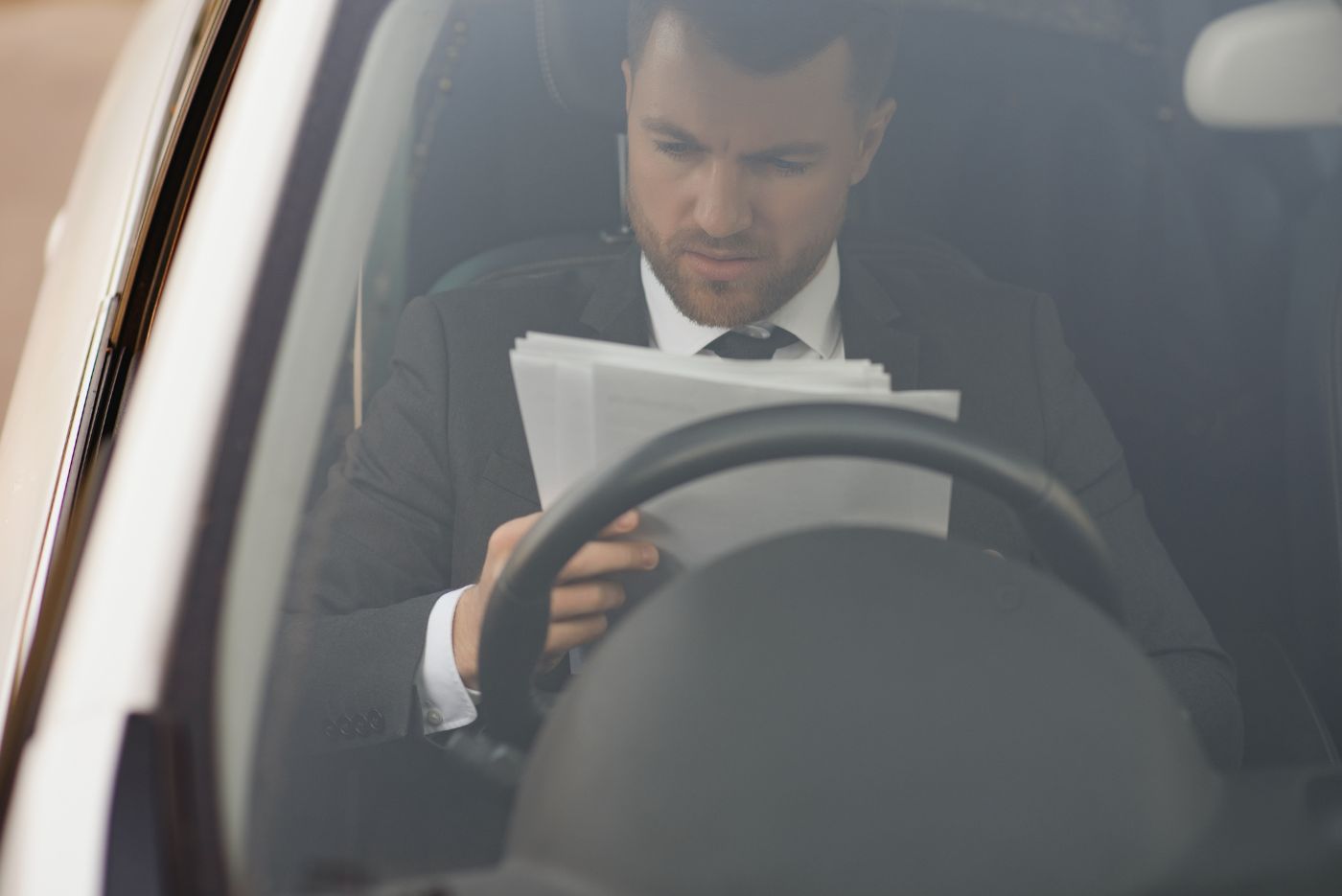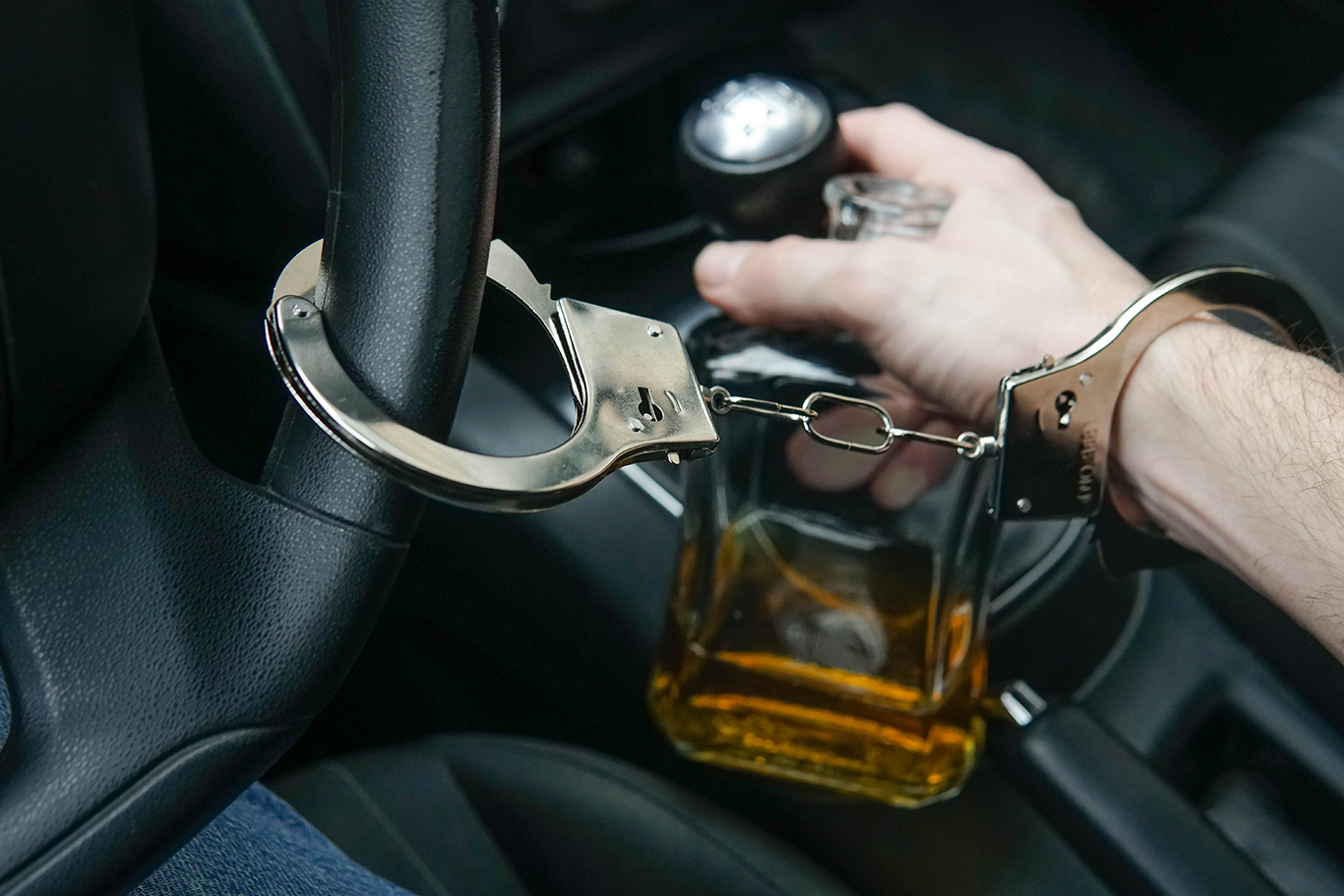Can You Get Auto Insurance With a Florida Hardship License?
16 April 2025
See How We're Different
or call us: (727) 620-0620

In Florida, a hardship license is a special type of driving permit issued to individuals who have had their regular driver's license suspended or revoked. This license allows them to drive under specific conditions, primarily for essential activities such as work, school, or medical appointments. However, many people wonder whether they can obtain auto insurance while holding a hardship license. This article explores the intricacies of auto insurance eligibility for those with a Florida hardship license, the requirements to secure insurance, and the potential challenges one might face.
Understanding the Florida Hardship License
The Florida hardship license is designed to provide a lifeline to individuals who have lost their driving privileges due to various reasons, including DUI offenses, failure to pay fines, or accumulating too many points on their driving record. It’s important to understand the specific rules and limitations associated with this license.
Eligibility Criteria
To qualify for a hardship license in Florida, applicants must meet certain criteria. Generally, this includes demonstrating a genuine need for driving, such as having a job that requires transportation or attending school. Additionally, applicants may need to complete a substance abuse course, pay any outstanding fines, and provide proof of enrollment in a driver improvement program.
The application process can be complex, often requiring documentation and sometimes even a hearing. It's crucial for individuals seeking a hardship license to be well-prepared to present their case effectively. This preparation may involve gathering evidence of employment, such as pay stubs or a letter from an employer, as well as proof of residency and any other relevant documents that support their need for a license. Understanding the nuances of the application process can significantly increase the chances of approval.
Types of Hardship Licenses
Florida offers different types of hardship licenses, including the Business Purpose License and the Employment Purpose License. The Business Purpose License allows individuals to drive for specific business-related activities, while the Employment Purpose License is more focused on commuting to and from work.
Understanding the type of hardship license one holds is essential, as it dictates the conditions under which driving is permitted. Each type has its own set of restrictions and requirements that must be adhered to. For instance, the Business Purpose License may allow for driving during certain hours or to specific locations related to business activities, while the Employment Purpose License typically permits driving only to and from the workplace. Additionally, individuals may also be required to maintain a clean driving record during the period of their hardship license to avoid further penalties or complications in the future.
Auto Insurance and Hardship Licenses
When it comes to auto insurance, individuals with a Florida hardship license may face unique challenges. Insurance companies assess risk based on various factors, including driving history and license status. A hardship license can signal potential risk, leading some insurers to hesitate in providing coverage.
Can You Get Insurance with a Hardship License?
The short answer is yes; it is possible to obtain auto insurance with a Florida hardship license. However, the process may not be as straightforward as it is for individuals with a regular driver’s license. Insurance companies will evaluate the applicant’s driving history, the reason for the license suspension, and the type of hardship license held.
It’s advisable for individuals to shop around and compare quotes from multiple insurance providers. Some companies specialize in insuring high-risk drivers, which may include those with hardship licenses. Being proactive in seeking out these companies can lead to better insurance options. Furthermore, applicants may find it beneficial to provide additional documentation or evidence of responsible behavior since the suspension, such as completion of a driver safety course or proof of employment, which can help mitigate perceived risks.
Factors Affecting Insurance Rates
Insurance rates for individuals with a hardship license can vary significantly based on several factors. The nature of the offense leading to the license suspension, the length of time since the incident, and the overall driving record play critical roles in determining premiums.
Additionally, the type of vehicle being insured and the coverage options selected will also impact the cost. Individuals should consider opting for minimum coverage if budget constraints are a concern, but it’s essential to understand the risks involved with lower coverage limits. Moreover, factors like the applicant's age, location, and even credit score can further influence rates. Younger drivers or those living in high-traffic areas may face higher premiums, while maintaining a good credit score can sometimes lead to discounts, even for those with a hardship license. It's crucial for applicants to be aware of these variables and to take steps to improve their overall risk profile wherever possible.
Finding the Right Insurance Provider
Finding an insurance provider willing to cover a hardship license holder may require some additional effort. Not all insurance companies have the same policies regarding high-risk drivers, so it’s beneficial to know where to look.
Researching Insurance Companies
Start by researching insurance companies that have a reputation for working with high-risk drivers. Online reviews, forums, and consumer reports can provide valuable insights into which companies are more accommodating. Additionally, seeking recommendations from friends or family who have faced similar situations can lead to good options.
Some insurance companies may also offer specialized programs or discounts for individuals who have completed driver improvement courses or other educational programs. Taking advantage of these opportunities can help reduce overall insurance costs. Furthermore, many insurers are now recognizing the importance of telematics and usage-based insurance, which can provide lower rates for safe driving behaviors monitored through mobile apps or devices installed in vehicles. This can be a great incentive for hardship license holders to demonstrate their commitment to safe driving.
Working with an Insurance Agent
Engaging with an insurance agent can be particularly beneficial for individuals with a hardship license. An experienced agent can help navigate the complexities of finding the right coverage and may have access to insurance providers that are more lenient with high-risk applicants.
Agents can also assist in understanding the various coverage options available, ensuring that individuals make informed decisions based on their specific needs and financial situations. They can explain the nuances of liability coverage, collision, and comprehensive insurance, helping clients to tailor their policies to their unique circumstances. Additionally, a knowledgeable agent can keep clients informed about any changes in state laws or insurance regulations that may affect their coverage, ensuring that they remain compliant and protected as they work towards regaining full driving privileges.
Challenges Faced by Hardship License Holders
While it is possible to obtain auto insurance with a hardship license, there are several challenges that individuals may encounter during the process. Understanding these challenges can help in better preparation and strategy formulation.
Higher Premiums
One of the most significant challenges faced by hardship license holders is the potential for higher insurance premiums. Insurance companies often view individuals with a history of license suspension as higher risk, leading to increased rates. This can be a substantial financial burden, especially for those already facing difficulties due to their license status.
To mitigate this, individuals should consider maintaining a clean driving record moving forward, as this can help lower premiums over time. Additionally, exploring various discounts and coverage options can provide some relief. For instance, many insurers offer discounts for safe driving courses or for bundling multiple policies, which can be particularly beneficial for those looking to offset the costs associated with their hardship license.
Limited Coverage Options
Another challenge is the limited availability of coverage options. Some insurance providers may refuse to insure individuals with a hardship license altogether, while others may offer only basic coverage. This limitation can make it difficult to find a policy that meets both legal requirements and personal needs.
Individuals may need to be flexible and consider adjusting their expectations regarding coverage. Understanding the minimum requirements for insurance in Florida can help in making informed decisions about what is necessary versus what is desirable. Moreover, it may be advantageous to seek out specialized insurance companies that cater specifically to high-risk drivers, as they may offer more tailored solutions that can accommodate the unique circumstances of hardship license holders. Networking with others in similar situations can also provide insights into which companies are more accommodating and may lead to better policy options.
Legal Requirements for Auto Insurance in Florida
Florida law mandates that all drivers, including those with a hardship license, carry a minimum level of auto insurance. This requirement is crucial for ensuring that all drivers are financially responsible in the event of an accident.
Minimum Coverage Requirements
The minimum coverage required in Florida includes Personal Injury Protection (PIP) and Property Damage Liability (PDL). PIP covers medical expenses for the driver and passengers, while PDL covers damages to another person’s property in the event of an accident.
Understanding these requirements is vital for hardship license holders, as failing to meet them can result in further legal complications. It’s essential to ensure that any insurance policy purchased meets or exceeds these minimums. Additionally, it's worth noting that while these are the minimum requirements, many drivers opt for higher coverage limits to provide greater financial protection. This is especially important in Florida, where the risk of accidents can be exacerbated by factors such as heavy traffic and unpredictable weather conditions.
Consequences of Driving Without Insurance
Driving without insurance in Florida can lead to severe penalties, including additional license suspension, fines, and even potential jail time in extreme cases. For individuals with a hardship license, the stakes are even higher, as they risk losing their limited driving privileges altogether.
Therefore, it is crucial for hardship license holders to prioritize obtaining the necessary insurance coverage to avoid these dire consequences. The peace of mind that comes with being properly insured far outweighs the risks associated with driving uninsured. Furthermore, the financial implications of an accident can be devastating; without insurance, a driver may be held personally liable for all damages and medical expenses, which can lead to significant debt and long-term financial hardship. This reality underscores the importance of not only meeting legal requirements but also considering comprehensive coverage options that can protect against unforeseen circumstances, such as uninsured motorists or hit-and-run incidents.
Tips for Managing Insurance Costs
While obtaining auto insurance with a hardship license can be challenging, there are several strategies individuals can employ to manage costs effectively. By being proactive and informed, it’s possible to find coverage that fits within a budget.
Shop Around for Quotes
One of the most effective ways to manage insurance costs is by shopping around for quotes from multiple insurance providers. Each company has its own underwriting criteria, meaning that premiums can vary significantly. Taking the time to compare rates can lead to substantial savings.
Online comparison tools can make this process easier, allowing individuals to input their information and receive quotes from various insurers quickly. This approach can help identify the best options available in the market. Additionally, it’s wise to read customer reviews and ratings for each provider, as this can offer insights into their customer service and claims handling, which are crucial factors in the long run.
Consider Bundling Policies
Another way to reduce insurance costs is by bundling policies. Many insurance companies offer discounts for customers who purchase multiple types of insurance, such as auto and home insurance, from the same provider. This can lead to significant savings and simplify the management of insurance needs.
When considering bundling, it’s essential to evaluate the overall coverage and ensure that the combined policies meet all necessary requirements. This strategy can provide both financial and logistical benefits. Furthermore, bundling can often lead to additional perks, such as accident forgiveness or enhanced roadside assistance, which can enhance the overall value of the insurance package.
It’s also worth noting that some insurers offer loyalty discounts for long-term customers. If you’ve been with the same provider for several years, it may be beneficial to inquire about any available discounts or incentives for renewing your policy. This could further help in reducing your overall insurance expenditure while maintaining the coverage you need.
Conclusion
Obtaining auto insurance with a Florida hardship license is indeed possible, although it may come with its own set of challenges. Understanding the nuances of hardship licenses, the requirements for auto insurance, and the potential obstacles can empower individuals to navigate this process more effectively.
By researching insurance providers, working with knowledgeable agents, and employing cost-saving strategies, hardship license holders can find suitable insurance coverage that meets their needs. Ultimately, maintaining proper insurance is not just a legal requirement; it is a crucial step toward ensuring safety and peace of mind on the road.
For those facing the complexities of a hardship license, staying informed and proactive can make all the difference in securing the necessary auto insurance and regaining full driving privileges in the future.




